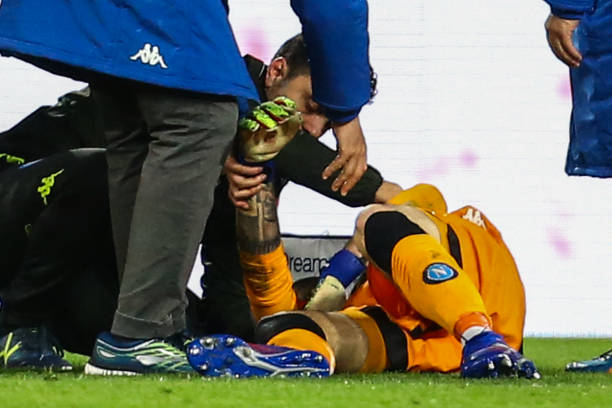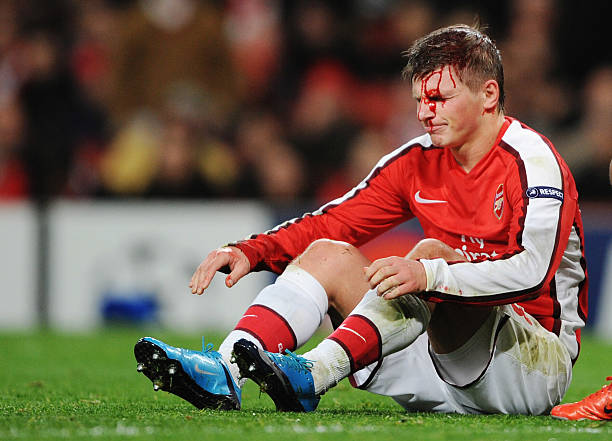18 months ago, the Drake Foundation wrote the article below after David Ospina suffered a terrible head injury but played on.

Now, as we sit here having watched David Luiz do the same after a clash so severe it left Raul Jiminez with a fractured skull that needed surgery, we thought it was worth pushing out into the world again.
We all saw David Ospina collapse and have to be rushed to hospital after being allowed to remain on the pitch despite picking up a nasty head injury, so when will football start taking the matter seriously?
The Drake Foundation, a not-for-profit organisation committed to improving understanding the welfare and health of sports players through scientific research and collaboration, has some thoughts…

Concussion within football and its long-term effects is something that’s been talked about by sporting bodies, players and spectators for years. When we think of professional footballers, we imagine them to be the epitome of health, however, the head injuries that they are being subjected to during play may be having detrimental effects.
Of the 14 players, 12 displayed changes in their behaviour prior to their death
The Football Association (FA) has released its own concussion guidelines, with the motto ‘if in doubt, sit them out’ yet unlike in rugby and cricket, English football does not currently permit concussion substitutes (although trials could, finally, start in the New Year).

So, what impact is this actually having on players?
It’s something that The Drake Foundation is committed to understanding. The Drake Foundation was founded by businessman and philanthropist, James Drake. James had witnessed some very serious concussion injuries on the sports field in both rugby and football that he felt were not dealt with properly and were somewhat ignored, which inspired him to create The Drake Foundation.
The research

In February 2017, The Drake Foundation published their first completed study which took place between 1980 – 2010 and examined the brains of 14 former professional football players with a history of repetitive football head impacts. They were studied for signs of neurodegeneration: in particular, a disease called chronic traumatic encephalopathy, associated with repeated head injuries and otherwise known as CTE.
The research found that five out of the 14 players experienced unconsciousness at least once during gameplay. It found that players had head-to-ball contact an average of 2000 times throughout a 20-year career, although head injuries were more likely to result from collisions with other players than with the ball.
Of the 14 players, 12 displayed changes in their behaviour prior to their death, with 10 of these becoming aggressive and experiencing explosive episodes.
12 out of 14 also displayed mood changes, becoming apathetic.
Six of the participants also underwent a post-mortem brain examination. Of these, CTE was identified in the brains of four, 12% above the average CTE prevalence rate, indicating a link between repeated head impacts and CTE.
What’s next?

Despite this study being small, the work is an important step in bringing the conversation around sports concussion to light in the world of association football.
Now, The Drake Foundation are working on their HEADING Study together with retired footballers, to further uncover associations between a history of heading the ball or concussion and neurodegenerative disease.

